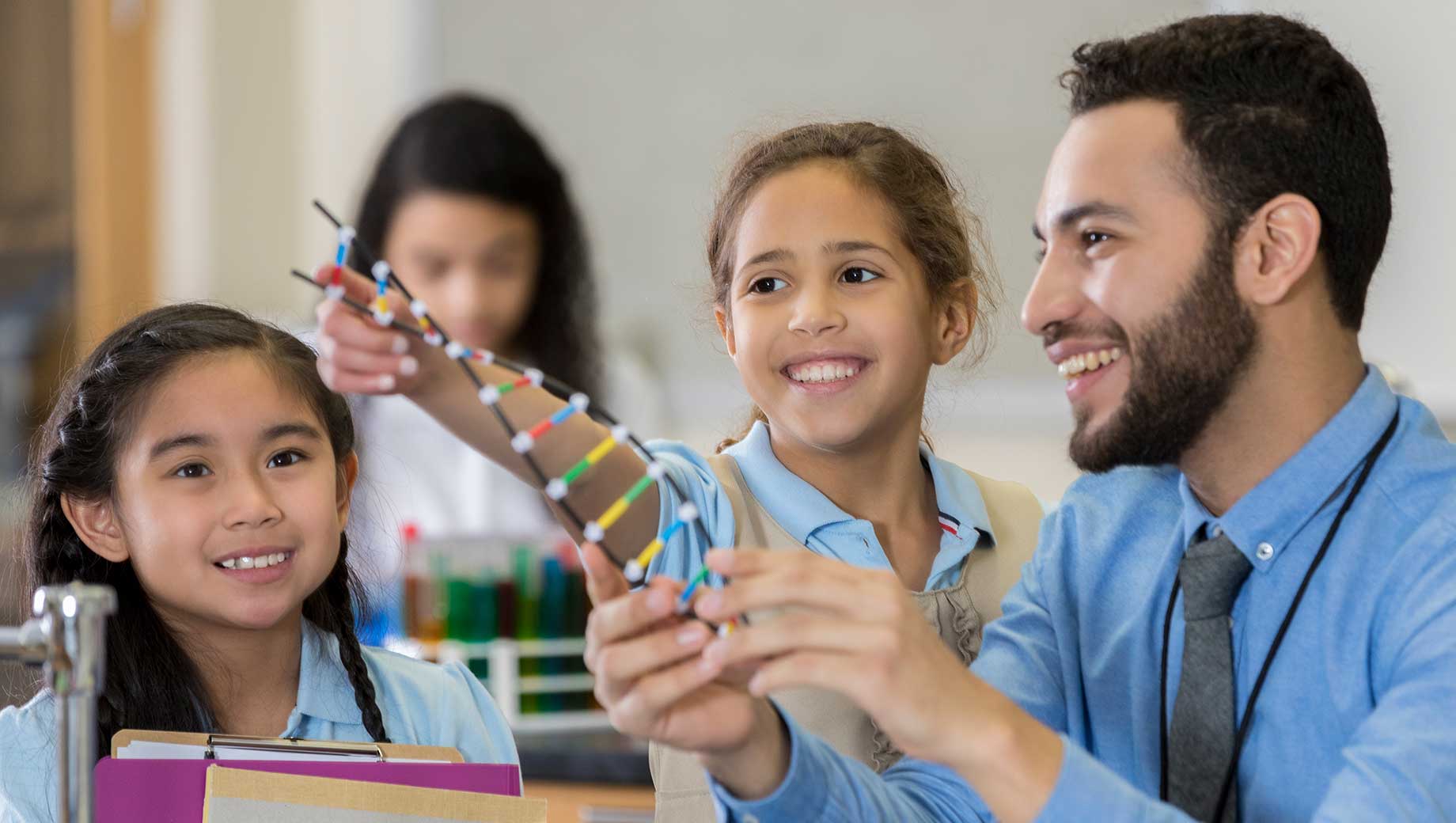
Unleashing Potential: Enhancing Student Engagement in the Classroom
In today’s rapidly evolving educational landscape, student engagement plays a crucial role in shaping successful learning outcomes. When students are actively involved and invested in their education, they become motivated learners, absorb knowledge more effectively, and develop essential skills for the future. In this blog post, we will explore effective strategies to enhance student engagement in the classroom, empowering educators to unlock the full potential of their students.
I. Importance of Student Engagement
Student engagement is not just a buzzword; it is the cornerstone of a dynamic and effective learning environment. Engaged students are more likely to excel academically, exhibit higher levels of motivation, and develop a lifelong love for learning. Research has shown that engaged students have improved retention rates and are more likely to succeed in their academic pursuits.
II. Factors Influencing Student Engagement
- Teaching Methods: Different instructional approaches can significantly impact student engagement. By employing active learning techniques such as hands-on activities, group work, and discussions, teachers can foster a collaborative and interactive classroom environment that captures students’ attention and stimulates their curiosity.
- Classroom Environment: The physical and emotional atmosphere within the classroom plays a vital role in student engagement. A positive and inclusive environment, characterized by mutual respect, encourages students to participate actively and take ownership of their learning.
- Student Interests: Recognizing and incorporating students’ interests and passions into the curriculum can enhance engagement. When learning aligns with their personal interests, students are more likely to be enthusiastic, motivated, and invested in the subject matter.
III. Strategies for Enhancing Student Engagement
- Active learning techniques: Encourage students to become active participants in their learning journey. Incorporate hands-on activities, simulations, role plays, and real-world problem-solving exercises to promote deeper understanding and engagement.
- Incorporating technology: Leverage educational apps, online platforms, and multimedia tools to make learning interactive and engaging. Virtual simulations, educational games, and interactive videos can capture students’ attention and provide opportunities for self-paced learning.
- Personalized learning: Tailor instruction to cater to students’ individual needs and interests. Offer a variety of learning pathways, allowing students to choose topics or projects that resonate with them. This personalized approach promotes a sense of ownership and empowers students to take charge of their learning.
- Gamification: Integrate elements of gamification into the curriculum to create a captivating learning experience. Use leaderboards, badges, and rewards to motivate students, foster healthy competition, and provide a sense of achievement.
- Real-world connections: Bridge the gap between classroom learning and real-life applications. Connect abstract concepts to practical examples and encourage students to explore the relevance of what they learn in their everyday lives. This approach enhances student engagement by demonstrating the practical value of their education.
- Encouraging student voice: Foster a collaborative and inclusive learning environment by giving students a voice in decision-making. Encourage open discussions, peer collaboration, and project-based learning, enabling students to express their ideas and actively contribute to the learning process.
IV. Case Studies or Success Stories
To illustrate the effectiveness of these strategies, let’s explore a few real-life success stories:
- In a mathematics class, the teacher introduced a hands-on activity where students built bridges using various materials. This practical approach not only deepened their understanding of mathematical concepts but also sparked their creativity and enthusiasm for the subject.
- An English teacher incorporated technology by creating an online discussion forum for students to engage in literary analysis and debates. This virtual platform allowed for more extensive participation and encouraged shy or introverted students to share their perspectives.
- A science teacher organized field trips to local industries and laboratories, allowing students to witness the application of scientific principles in real-world settings. This firsthand experience enhanced their understanding, motivation, and engagement with the subject.
V. Overcoming Challenges
Implementing strategies to enhance student engagement may come with its challenges. Here are a few tips to overcome them:
- Time management: Plan and prioritize activities to ensure a balance between engagement strategies and curriculum requirements.
- Classroom management: Establish clear expectations and routines to create a structured and supportive learning environment.
- Professional development: Seek opportunities for professional growth and collaboration with other educators to learn and share best practices in student engagement.
Takeaway
Enhancing student engagement is not a one-size-fits-all approach. It requires a blend of effective teaching methods, an inclusive classroom environment, and strategies that tap into students’ interests. By implementing the strategies discussed in this blog post and adapting them to fit their unique classroom context, educators can unleash the full potential of their students, creating an environment where learning becomes an exciting and transformative experience. Together, let’s foster student engagement and empower our students to become lifelong learners and leaders of tomorrow.
